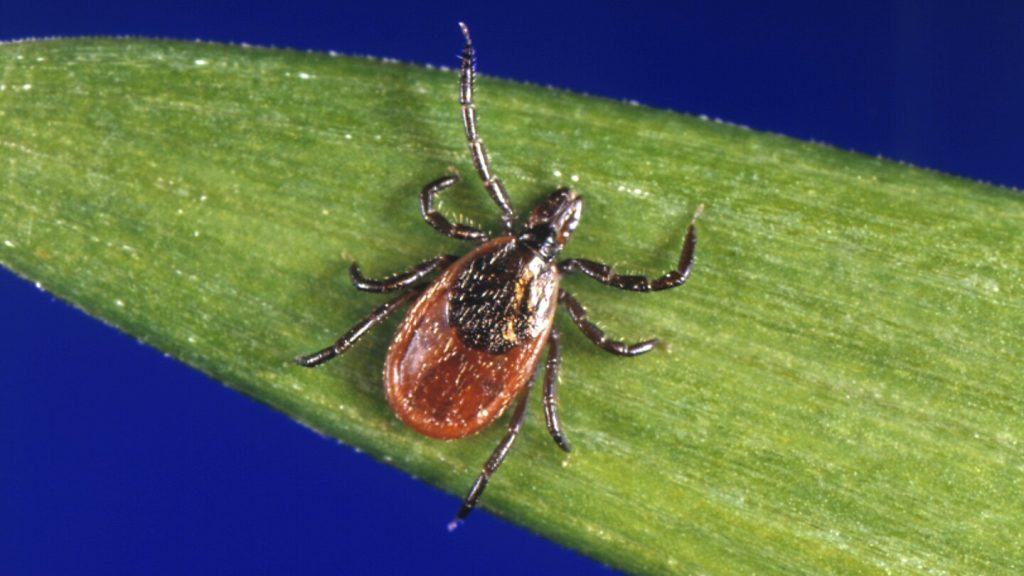Tick season is starting across the U.S., and experts are warning that the bloodsuckers may be as plentiful as ever. Due to another mild winter and other favorable factors, it is predicted that the 2024 tick population will be equal to or larger than last year. The CDC has stated that the situation is very bad and only getting worse, with an increasing variety of ticks pushing into new geographical areas and spreading unusual diseases. The blacklegged tick, mainly found in forests and responsible for spreading Lyme disease, is a major concern, with infection rates peaking in May and nearly half a million annual cases of Lyme disease in the U.S.
Ticks are small, eight-legged bloodsucking parasites that feed on animals and sometimes people, spreading germs that can cause illness. While there is no widely accepted estimate of tick populations from one year to the next, it is clear that they are becoming an increasingly common health hazard in parts of the United States. Blacklegged ticks, also known as deer ticks, have rebounded alongside deer populations and wooded suburbs, spreading from pockets in New England and the Midwest to a wider range across the country. Tick populations cycle through the year and depend on factors such as warm, humid weather and the availability of deer and mice for feeding.
The severity of the 2024 tick season is predicted to be influenced by weather conditions. Mild winters, attributed in part to climate change, have allowed tick populations to thrive, while dry summers tend to suppress tick activity. Experts warn that recent weather trends, including higher temperatures and precipitation, could lead to a robust tick population this year. Some states, such as Maine and Wisconsin, have already seen increased tick activity due to wet conditions, with predictions that the population will be as bad as, or worse than, last year.
Lyme disease, caused by the bacteria carried by the blacklegged tick, can result in symptoms such as fever, headache, fatigue, and a bull’s-eye-like rash. About 20% to 30% of blacklegged tick nymphs in the Northeast and Midwest are estimated to carry the bacteria that causes Lyme disease. It is important to seek medical treatment with antibiotics if bitten by a tick and develop symptoms of Lyme disease. Prevention measures, such as avoiding tick bites by staying in the middle of paths, wearing light-colored clothing, and using insect repellents, are recommended to reduce the risk of tick-borne illnesses.
To keep ticks off of you, experts advise taking steps to prevent tick bites in the first place. If outdoors, avoid wooded areas and wear protective clothing treated with permethrin and use EPA-registered insect repellents. Check for ticks on your body after being outside, focusing on common spots such as around the waist, behind the knees, between fingers and toes, underarms, and in the belly button and hairline. Ticks are harder to see when they are young, so it is important to inspect your body carefully and remove any ticks promptly using tweezers. The CDC does not recommend sending ticks for testing, as results may not provide sufficient information due to the potential for multiple tick bites on an individual.


